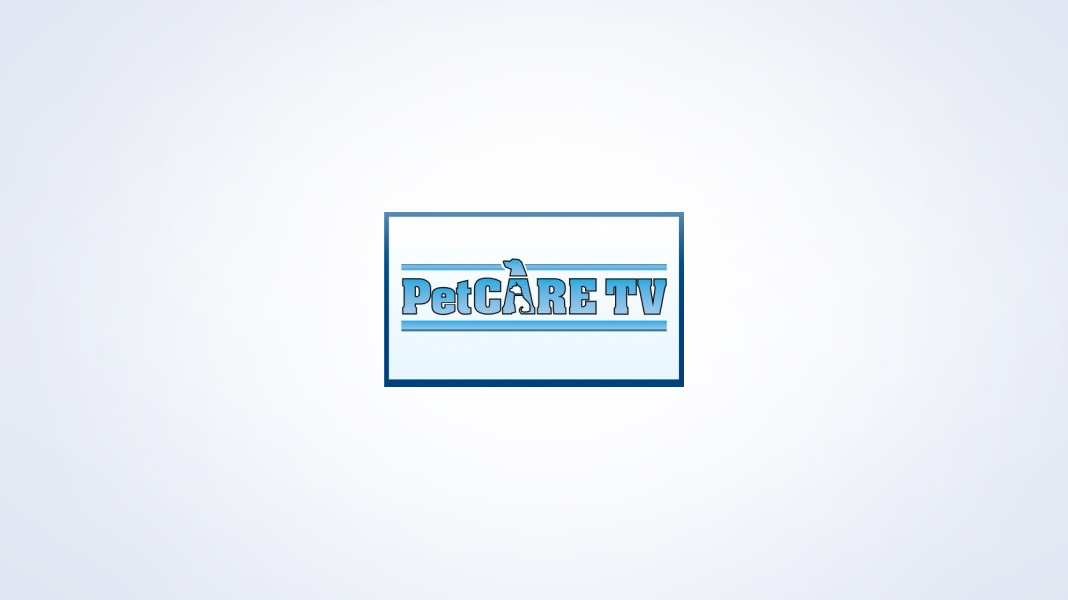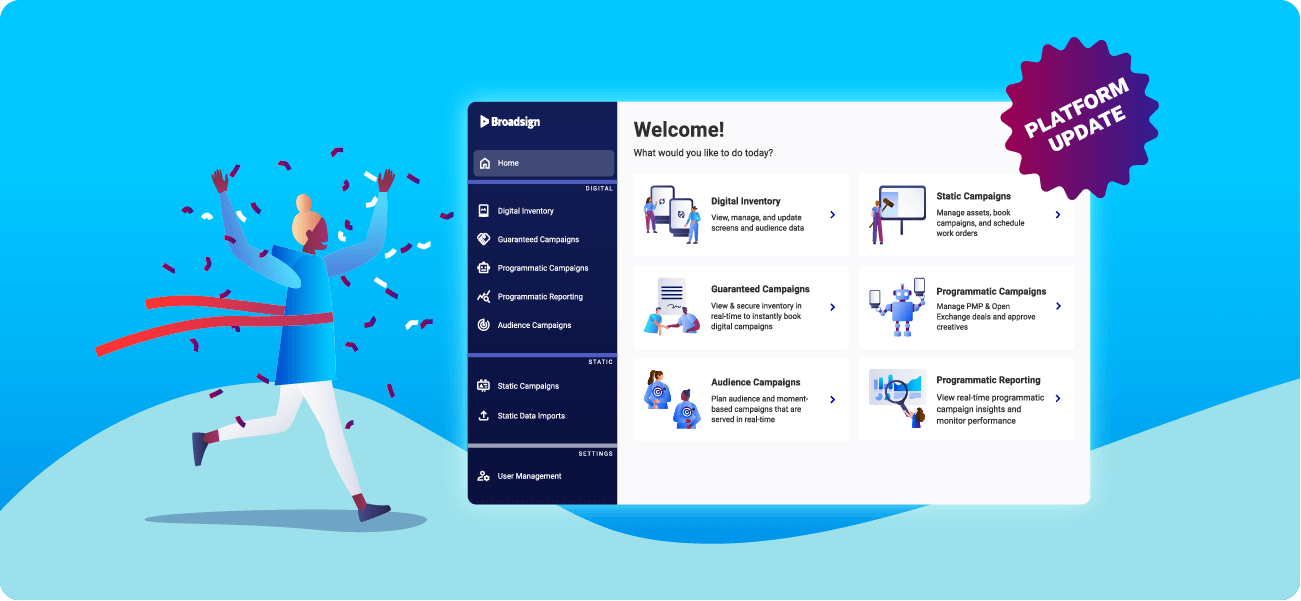| October 11, 2021
PetCARE TV, LLC Converts to Broadsign International, LLC’s Digital Signage Software
Predominant digital signage network in veterinarian offices uses Broadsign’s cloud-based platform to power its growing number of screens.
Baltimore, MD. April 24th, 2014. PetCARE TV, LLC, the subsidiary of Care Media and CaerVision, has converted its network of 1,750 screens to Broadsign International, LLC’s leading digital signage software platform. The healthcare network plans to be situated in 5,000 locations by 2016. Founded in the early 1990’s, PetCARE TV operates 32”-42” LED screens in the waiting rooms of veterinarian offices and holds close to a 100% market share within the vertical.
The network’s audience of over 1.5 million viewers per month are exposed to 40 minutes of educational content per hour, lessening perceived wait time and informing viewers of the procedures and services offered by the veterinarian. The remaining 20 minutes are set for advertising by big box retailers, pharmaceutical companies and brands for packaged goods such as cat litter and dog food. Doctors running PetCARE TV’s eight hour content loop are able to customize it as desired, and appreciate the network for its help in selling services and products while educating and entertaining pet owners.
“PetCARE TV is the product of two separate networks that were running on different software platforms, which created a huge headache,” said Kim Sarubbi, President of PetCARE TV. “Broadsign allowed us to migrate to one platform and its software possesses all the features and benefits we were looking for. It was a real win-win situation.”
Broadsign features used by PetCARE TV include monitoring to ensure screens are consistently on and reporting to seamlessly assist in the fulfillment of ad buy contracts. “Broadsign has developed an exceptional reputation in the healthcare and point-of-care spheres,” said Skip Beloff, Broadsign’s Vice President of Sales. “We are happy to provide our services to PetCARE TV and know that they, along with our other healthcare customers, will continue to request new innovations that only Broadsign can deliver.”
About Broadsign
Broadsign International, LLC is the first global provider of cloud-based software for digital signage networks. Its platform was designed exclusively as a management system for media companies operating digital out-of-home and digital place-based media networks, giving them an unlimited capacity for growth without adding personnel. After over a decade in the industry, Broadsign’s latest incarnation, Broadsign X, has become a mature and reliable fit for all digital signage software needs and its Android-based smart player, Broadsign Xpress, has decreased the cost of deploying digital signage compared to PC-based hardware alternatives.
Broadsign’s constant growth, extensive network and dedication to predicting and responding to industry trends make its digital signage solutions a safe bet for the future of networks with even the most complex of requirements. For more information about Broadsign, visit https://broadsign.com.
About PetCARE TV
PetCARE TV, LLC is a leader in providing the veterinary profession with client education tools to improve client awareness of pet health needs and the role their veterinarian plays in the delivery of these services. Improved compliance by the pet owner is the objective resulting in an improved bottom line for the veterinary practice.

